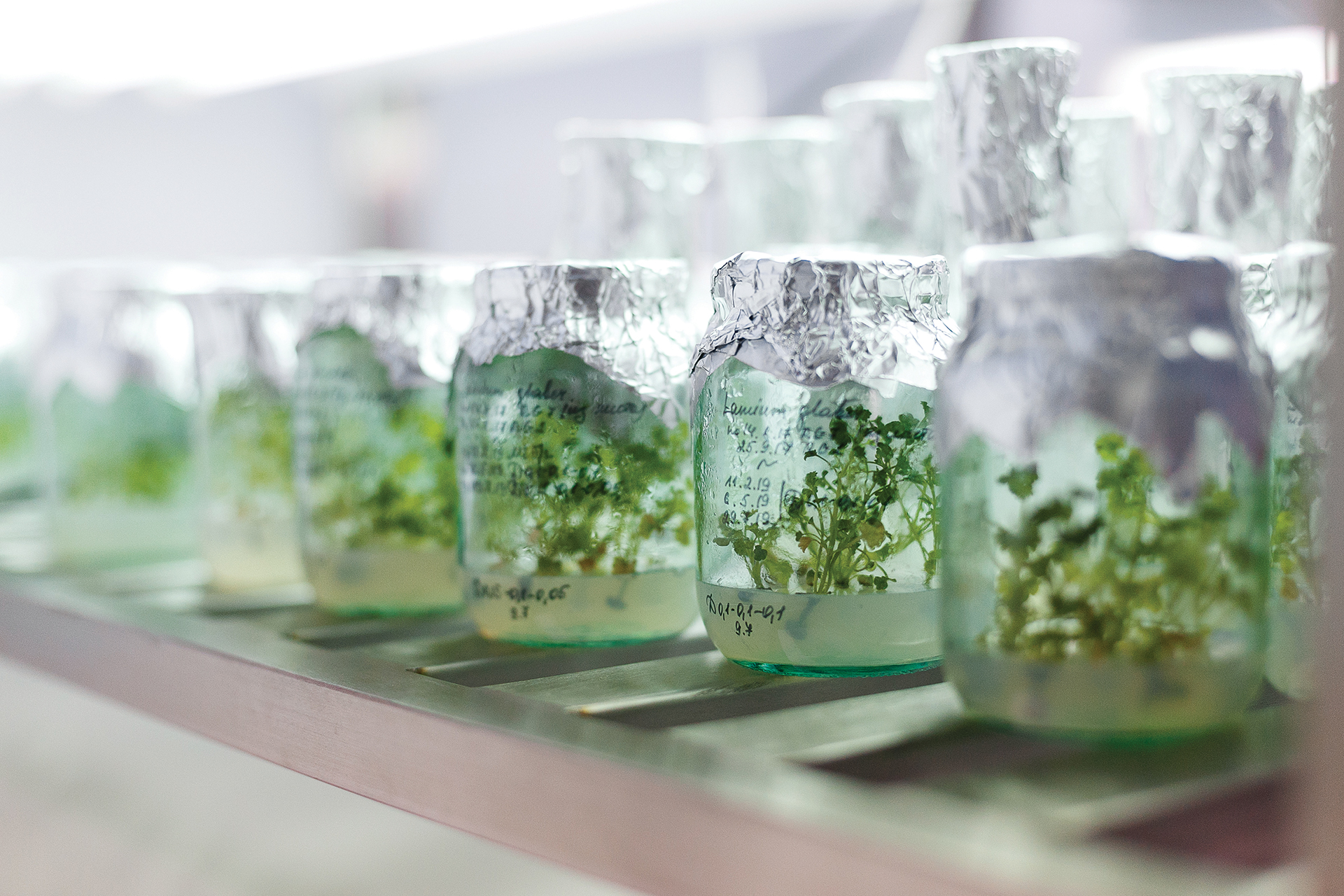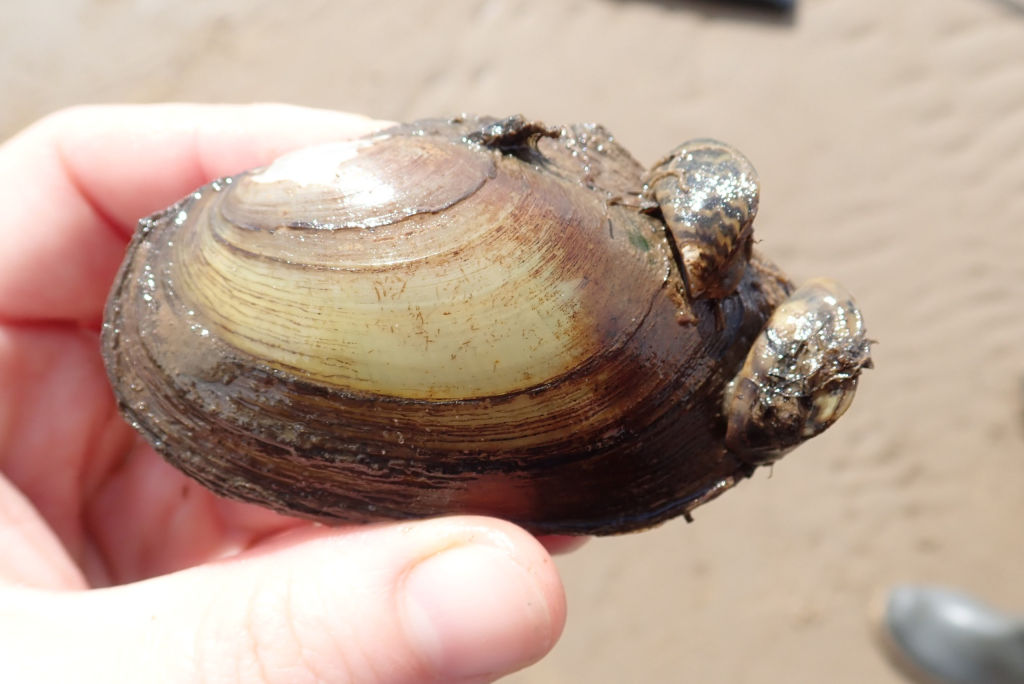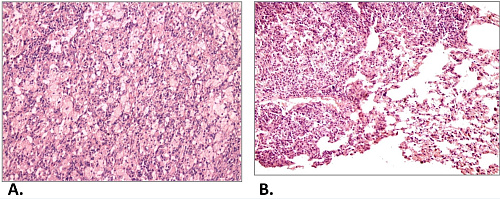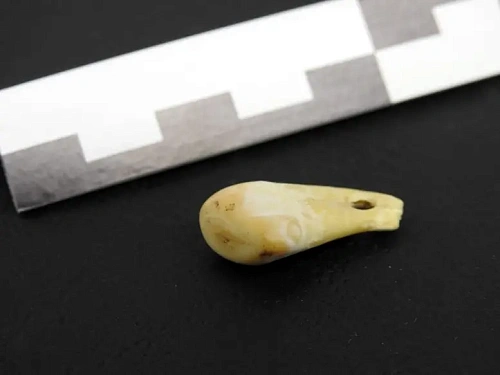







"We have been 'hunting' different duck mussel species to understand their relations," the scientist said. "But we have found they were just one widely spread species, which lives in most different nature zones - from deserted Syrian rivers to Yakutia's basins, which freeze up in minus 50 (degrees). It's an unexpected discovery."
"They are convex, shiny, like a peach or an apple. We were sure that was a different species," the center's director told TASS. "But it turned out that was a slightly isolated genetic line of the same duck mussel that lives in Siberia, in the Arctic, in Russia's European part. The thing is - in the Middle Eastern basin conditions it has acquired those different morphology features."
"We have observed very interesting moments where the Black Sea basin genetic group is very widespread in Siberia, up to the Lena River basin, which proves in the past those basins used to be connected. We also can see how into the Lena basin has settled a number of fish species, such as roach, pike, burbot and others," he continued.

